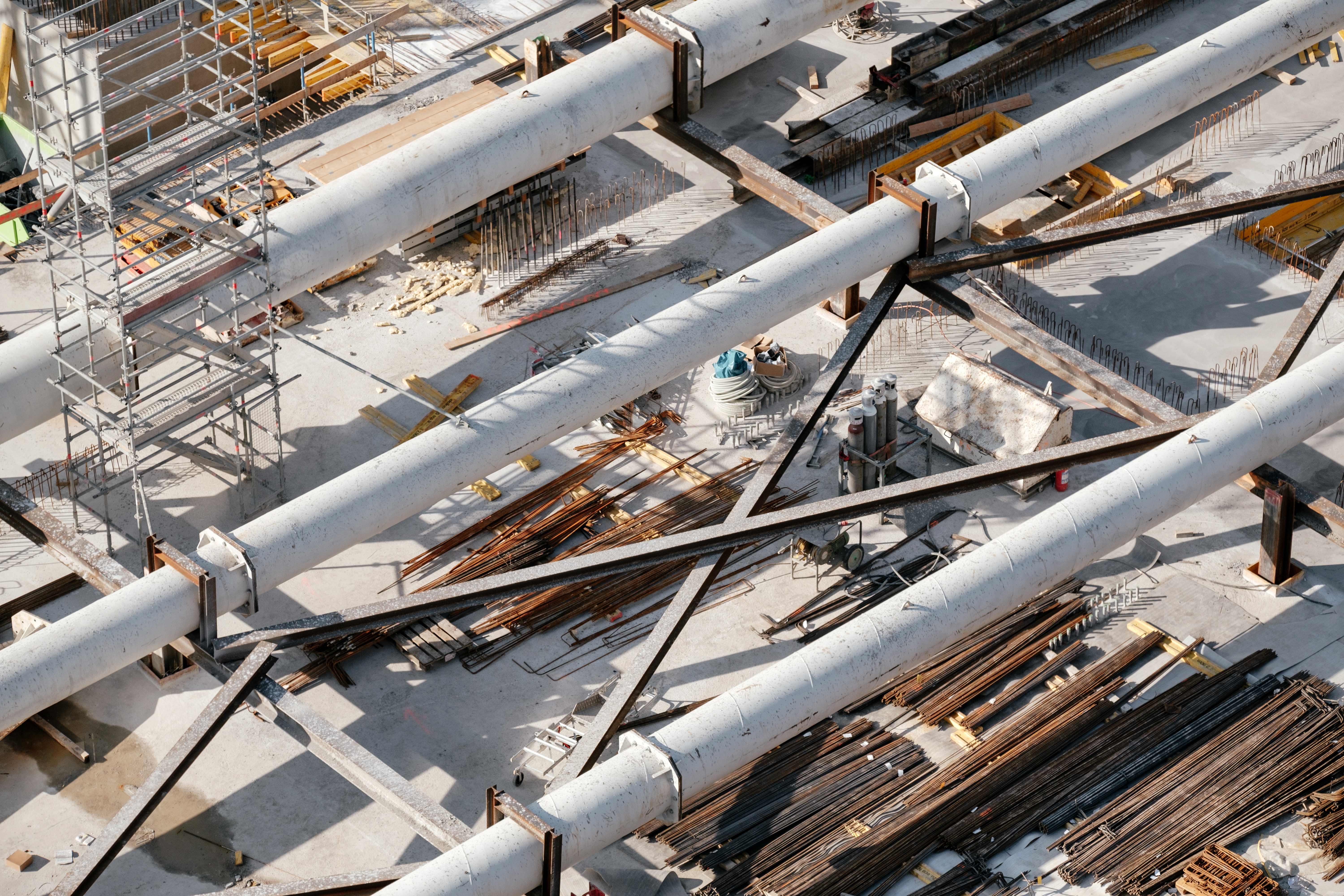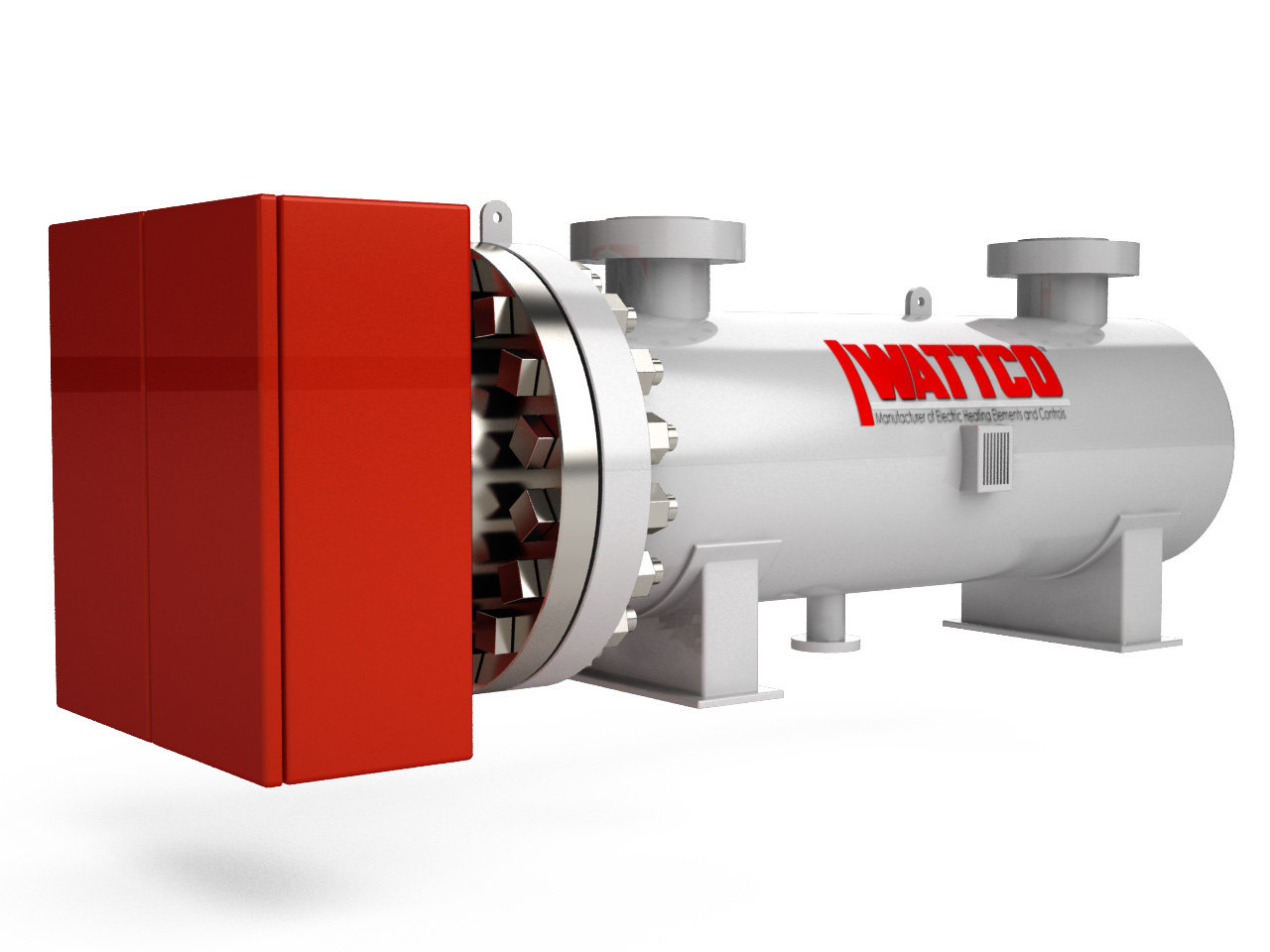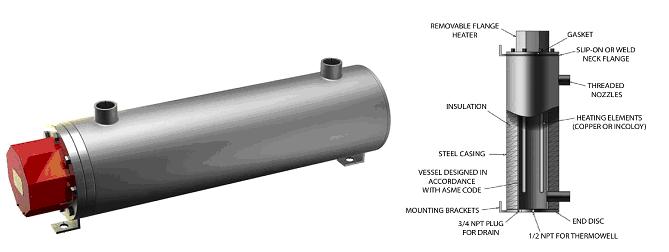Circulation Heaters in the Pipeline Industry
Circulation Immersion Heaters in Oil Pipeline Industry

Immersion heaters are essential to industries that manufacture, process, or heat products like food, oil, water and chemicals. It is particularly valuable in the oil pipeline injury.
Industrial immersion heaters consist of tubular heating elements immersed in the target medium. Engineers and industrialists consider these contraptions very effective and efficient. This direct heating method transfers heat directly into the source without dissipating it.

Importance in Oil Industry
In the oil industry, immersion heaters provide precision heating to oil, allowing it to flow through pipes. Once installed to the oil tank or the container, the tank immersion heater is a permanent fixture. However, you can remove different parts from the device for repair and maintenance.
Their design incorporates a durable body with superior technological modifications. Thus making them sturdy enough to withstand extreme weather and environment. As well as being long-lasting than many other similar contraptions.
Another benefit of oil heaters is their smaller size. This makes it easier to install and leaves more room in the tank.
The “pocket tube” is the actual controlling device attached to the heater. It’s placed so that the control box is located on the exterior wall away from the product for safety. This is beneficial if anything goes wrong with the heater or the controller, as you don’t need to empty the tank.
Another consideration for oil immersion heaters is the surface load. The load is always kept at a constant temperature without any alteration to keep the oil from rotting up. If the surface load is not maintained a carbon layer can build on the interior walls and surface of the device. This will disrupt the heat transfer procedure.
How to Select the Right Circulation Heater
Choosing the right circulation heater starts with an understanding of its operational needs. You must determine the optimal sheath material, watt density and temperature control mechanism. These guidelines will help you choose the right type of heater for your application:
- Always ask the manufacturer and supplier about the heating element materials. The material must be selected according to the heating medium. For pipeline industries, strong heating material is necessary. It must withstand high temperature without corroding the product and heater itself.
- If possible, have a test run before buying. But remember not to exceed the actual temperature or watt density.
- The latest technology includes the temperature control mechanism built outside the actual heater. So you can easily monitor and manage the process away from the device. This has proved beneficial for health and safety
- The terminal enclosure must be well adjusted and of the right size to cover the wiring and control mechanism from damage.
- For large storage tanks, it’s best to apply large heaters or multiple heaters. These can provide the exact temperature, keeping the oil viscous enough to flow through pipes.
Sheath Material Used in the Process
 The sheath material protecting the heating element is carefully chosen. The material must be appropriate for the properties of the target chemical, gas, oil or liquid. Selecting the right casing prevents damage to the product and the heater itself.
The sheath material protecting the heating element is carefully chosen. The material must be appropriate for the properties of the target chemical, gas, oil or liquid. Selecting the right casing prevents damage to the product and the heater itself.
The right sheath material is important to get the process done efficiently and effectively. Below are some common materials used in the manufacture of the device:
Incoloy
Incoloy is a combination of Nickel, Iron alloy and Chromium. It is the most common type used in circulation heaters. The quantity of Nickel is always kept high.
This protects the gadget from corrosion and provides resistance against carbon layer scaling. It is commonly used to heat air, gas, water and oil along with such elements which are less corroding. When using strong chemicals, sturdier Incoloy is used.
Low Carbon Steel
Low carbon steel is applied during the fluid heat transfer process. This material is ideal for high and low viscosity petroleum oils, wax, and liquefied salts. As well as other similar elements which are not harmful to the steel sheath.
Stainless Steel
Stainless steel can prevent chlorides from developing over the heated product. It is made with the combination of Nickel, Chromium, Iron alloy and Molybdenum. All of which have strong corrosion resisting elements.
In stronger sheaths, Titanium can replace Molybdenum. This prevents the development of carbon precipitation.
Copper
Copper is another common sheath material. Its primary uses are in water-related products and freeze protection in extreme temperature.
Safety Precautions
While installing and using circulation heaters, there are some safety precautions which you must follow. These tips will keep your device operating at full capacity:
- Avoid using the thermostat as a power switch to disconnect or turn OFF the heater. Instead, use an alternative switch or a power source.
- If there is an issue with the heater, do not temper with the thermostat until you are certain of the problem.
- Do not kick, bend or handle the heating tube roughly. This can cause deteriorating, which affects operational performance.
- When functional, do not expose any body part to the heater or the elements within the tank.
- Do not make physical contact of thermostat with the heating/capillary tube. This will create an electric shock which may destroy the heater as well as damaging the oil, or product.
How to Keep Your Oil Circulation Heater Maintained for a Long Term
Once you install the heater, proper maintenance is necessary to maintain its lifespan. As well as ensuring consistent performance and quality. Here are a few essential maintenance tips.
- During maintenance and cleanup of the heater, disconnect all electric power supplies. Also, safely remove the wiring console if it is detachable.
- Use the drain plug or outlet to remove sludge and carbon deposits which develop on the walls of the device.
- Keep the bolts and terminal connections tighten up.
- Before starting up with the heating process, check the thermostat at every temperature. Evaluate the performance and durability of the heating rod and thermostat itself.
- While maintaining a particular part, remove it from the heat and then work on it.
What is a Fuel Oil Heater
Engineers prefer to use light or medium-weight oil circulation heaters. These are well-equipped to maintain the temperature exactly as desired. Thus, improving the oil flow and transfer through pipes.
Fuel oil heaters can reduce the viscous drag of the oil which makes it probable for easy flowing. Preheating fuel oil provides better performance of the burners. So you can achieve a superior final product, even with low-grade fuel.
Features
- You can easily find a screw plug or flange design for these types of heaters.
- These are moist resistant, corrosion free and are completely safe from explosions and other hazardous outcomes.
- They come with and without built-in thermostat so you have a choice to buy one accordingly to your need and preference.
